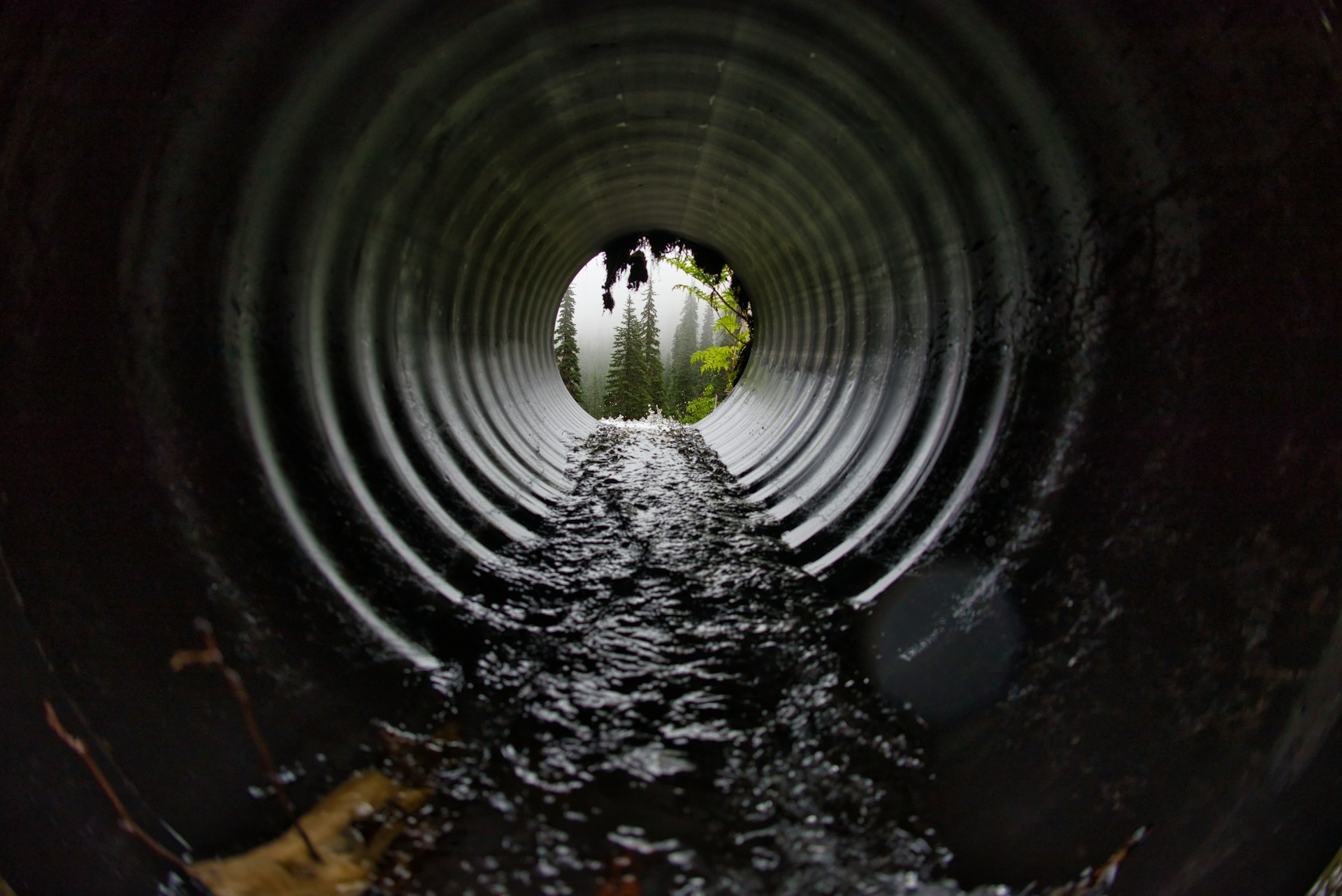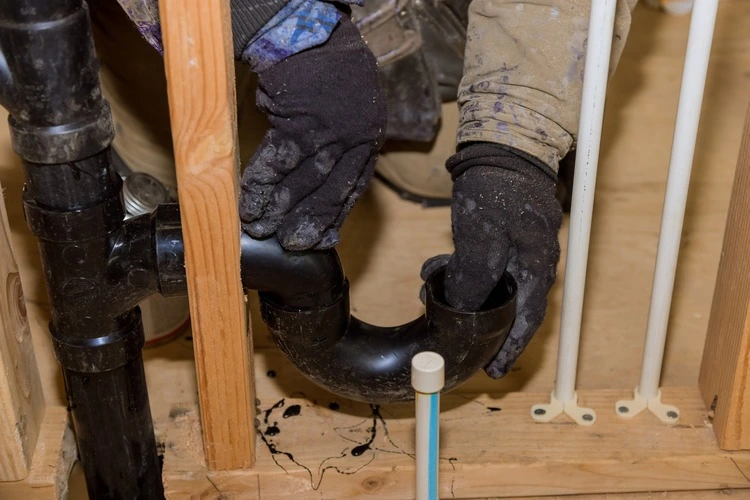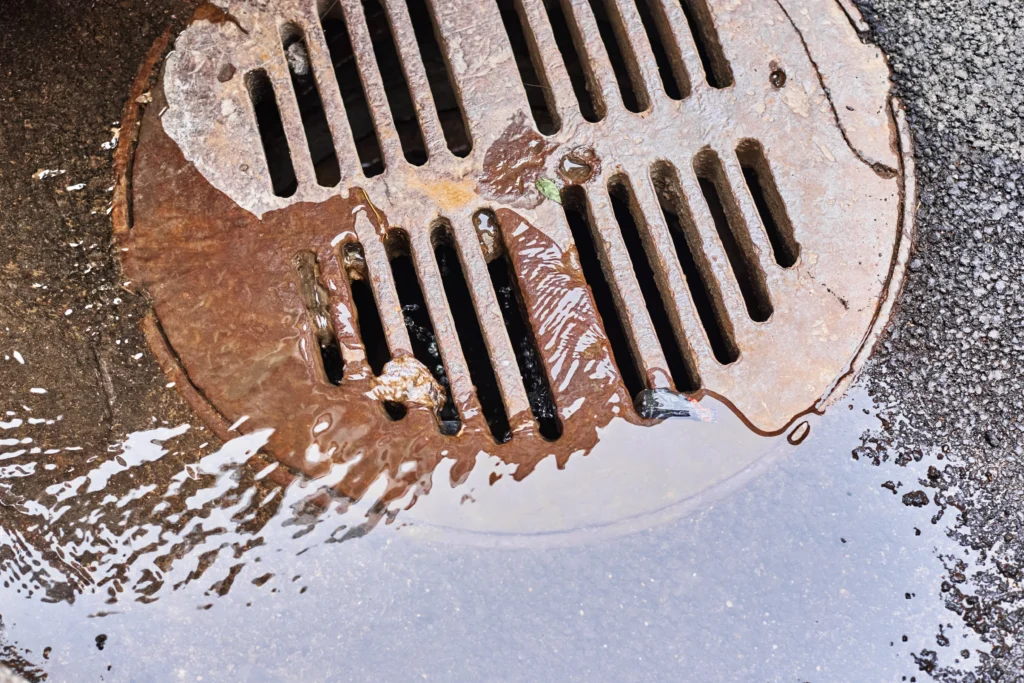How do I unclog my main sewer line?
Introduction
Imagine waking up on a crisp morning, only to find that your sinks and toilets are backing up. Your heart sinks as you realize there might be a problem with your main sewer line. This nightmare scenario can cause chaos in any household, but don’t worry—we’ve got you covered.
In this guide, we’ll walk you through the process of unclogging your main sewer line, providing practical tips and expert advice tailored specifically for homeowners in the US. Ready to dive in? Let’s get started!
- Understanding the Problem
- Common Causes of Sewer Line Clogs
- Tools You’ll Need
- Step-by-Step Guide to Unclogging Your Main Sewer Line
- Preventative Measures
- When to Call a Professional
- Key Takeaways
- FAQ
- Conclusion
Understanding the Problem
A clogged main sewer line can feel like a dark cloud hanging over your home. But understanding the problem is half the battle. The main sewer line is a crucial part of your plumbing system, responsible for transporting waste from your home to the municipal sewer system or septic tank. When it’s blocked, it can cause wastewater to back up into your home, creating unpleasant situations.
Common Causes of Sewer Line Clogs
Knowing what causes these clogs can help you prevent them in the future:
- Tree Roots: Tree roots can infiltrate sewer lines, causing significant blockages. Imagine the roots as nature’s relentless fingers, persistently seeking moisture and nutrients.
- Grease Build-Up: Pouring grease down the drain is akin to inviting a sticky intruder into your pipes. Over time, it solidifies and narrows the passage.
- Foreign Objects: Items such as sanitary products, wipes, and even small toys can obstruct sewer lines. Think of your sewer line as a narrow road—too much traffic or oversized vehicles can cause a jam.
Tools You’ll Need
Before you embark on this journey, gather the following tools:
- Plumber’s snake (also known as an auger)
- Sewer jetter
- Pipe wrench
- Protective gloves and goggles
- Bucket and rags
Step-by-Step Guide to Unclogging Your Main Sewer Line
1. Locate the Clean-Out Pipe
The clean-out pipe is like a gateway to your sewer line. Typically found in the basement or outside your home, it has a cap that can be removed using a pipe wrench.
2. Insert the Plumber’s Snake
With protective gear on, insert the plumber’s snake into the clean-out pipe. As you feed it into the pipe, you may encounter resistance—this is likely the clog. Keep turning the handle to break up the blockage.
3. Use a Sewer Jetter for Stubborn Clogs
If the plumber’s snake doesn’t do the trick, a sewer jetter might be necessary. This tool uses high-pressure water to dislodge stubborn clogs. It’s like bringing out the big guns when faced with an immovable object.
4. Flush the Pipes
Once the clog is cleared, run water through your pipes to ensure everything is flowing smoothly again. Think of it as giving your pipes a refreshing rinse after a hard day’s work.
Preventative Measures
Prevention is better than cure. Here are some tips to keep your sewer line healthy:
- Avoid pouring grease down the drain.
- Dispose of sanitary products and wipes properly.
- Regularly inspect for tree roots near your sewer line.
- Consider scheduling annual professional inspections.
When to Call a Professional
If your efforts don’t resolve the issue, it might be time to call in the experts. Professional plumbers have specialized equipment and expertise to tackle severe clogs and ensure your plumbing system runs smoothly.
Key Takeaways
Unclogging your main sewer line doesn’t have to be an insurmountable task. With the right tools, knowledge, and preventative measures, you can keep your plumbing system in top shape.
FAQ
Q: How often should I clean my main sewer line?
A: It’s advisable to clean your main sewer line annually to prevent clogs and maintain smooth operation.
Q: Can tree roots damage my sewer line permanently?
A: Yes, tree roots can cause significant damage if not addressed promptly. Regular inspections can help identify and mitigate this risk.
Conclusion
Your home is your sanctuary, and keeping its plumbing system functioning properly is essential for comfort and peace of mind. By following this guide, you’ll be well-equipped to tackle any sewer line issues that come your way.
If you need further assistance or prefer professional intervention, don’t hesitate to contact a trusted plumber. Remember, staying proactive with maintenance can save you from future headaches and costly repairs.
If you’re interested in learning more about maintaining your home systems, explore our article on installing Laravel on a local server, which offers valuable insights for tech-savvy homeowners.
For more expert advice on various home improvement topics, visit reputable sources like This Old House.






